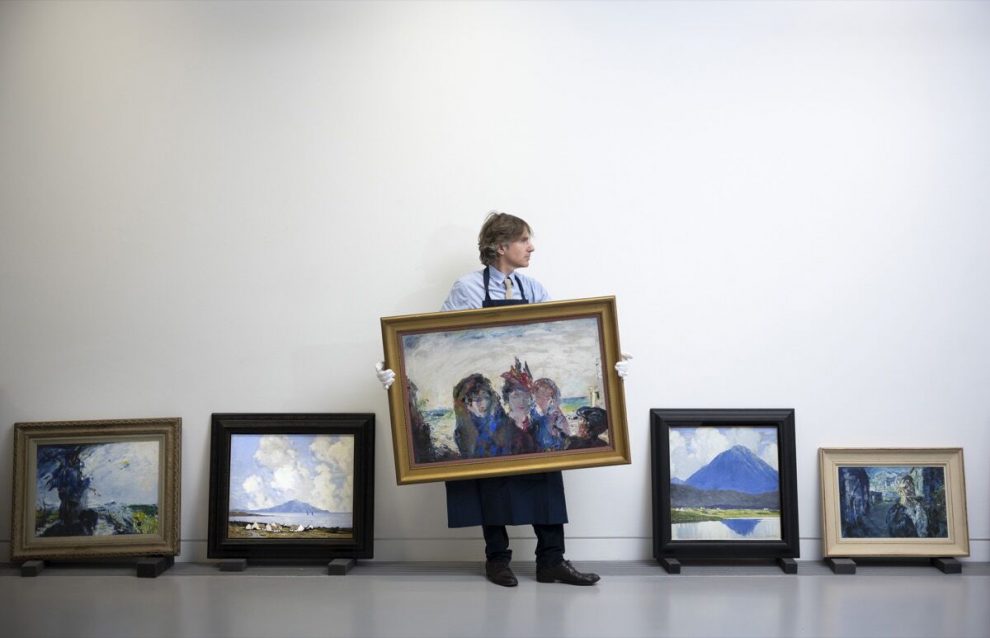Imagine you are going to the movies and your favorite theater announces that all movie tickets are going to cost half of their normal price. This cutting in price will theoretically cause people to see movies until they have seen enough to their satisfaction. After people are satisfied with the number of movies they’ve seen, movie theaters will gain less societal traction, causing overall interest for movies to decrease. This is a perfect example of the concept of supply and demand. In simple words, the supply and demand law signifies the number of goods or services available compared to the amount needed. So how is the art market affected by supply and demand? Supply and demand dominates this industry due to the fluctuation regarding the necessity of art compared to the desire of it.
Supply and demand in the art market all revolves around pricing. If artwork isn’t properly priced, no one will purchase it. One major factor that contributes to the pricing of artwork is where it is being sold. There are two types of markets in which art is sold: the primary market and the secondary market. The primary market refers to “initial sales” such as consignment to galleries or selling directly to a collector. The secondary market refers to the resale of artwork such as auctions. When it comes to the secondary market, the artist makes no profit off sales, and for the reseller to make a profit, they jack up the prices. This is why buying resale for art is much more expensive than getting it from a gallery firsthand except for auctions. Now that pricing of artwork has been established, it is necessary to look directly at how supply and demand are directly illustrated in the world of art.
Demand is just another word for desire. As more people desire art the price of art increases. While the desire for art in general never really terminates, the reputation of an artist plays a key role in how much their art is desired. In other words, the art of big-named artists is typically more valued than smaller artists. However, as these smaller artists gain a reputation, their art inadvertently increases in value and is marked up in price. This just goes to show how pricing and demand correlate. In other words, artists begin to gain a reputation, the desire for their artwork increases and therefore so does the cost of the art.
Supply also plays an immense role in the art market. If there is only one kind of painting available, demand for that particular art piece increases along with its price. However, if there are multiple copies or editions of an artwork, demand decreases along with the value. This is very interesting because it illustrates a strategy utilized by many artists. Sometimes they will make many editions of art or only release one original piece depending on margin for profit. This is why some artists release thousands of pieces of art a year while others only produce a few.
Supply and demand plays a crucial role in the art industry due to how it impacts the price of the product: art. As more art is produced, demand decreases along with price, and while production drops, demand increases along with cost. Using this law of supply and demand, artists can adjust their selling strategy to maximize profit. No wonder some artwork sells for hundreds of thousands of dollars.







